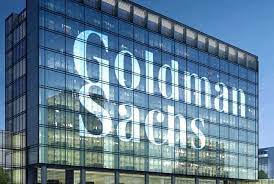The OPEC+ production cuts are beginning to impact oil prices, Goldman Sachs’ Jeff Currie told CNBC on Tuesday.
“What we’ve been waiting for for six months is finally beginning to play out,” Currie said when asked if we’re starting to see the beginnings of the bull case for oil.
“Inventories in oil are drawing, Chinese demand is back to 15.9 million barrels per day, time spreads are tightening—all indications of a bull structure,” Currie said on Tuesday.
However, Currie said, “Investors are entirely absent,” adding that this is an “unloved rally” that isn’t part of many investors’ portfolios.
Currie also pointed to the several false starts we’ve seen this year for an oil rally.
Goldman Sachs’ base case for oil is $86 per barrel by the end of the year, moving into the low $90s by next year. As of Tuesday afternoon, Brent was trading around $79.36 per barrel.
But there is a lot of uncertainty in the market, with Iran, Russia, and Venezuela supply topping the list of unknowns that have the potential to bite traders should supplies come back online quicker than the market could handle. Meanwhile, on the demand side, there “is not a lot of faith.”
Currie thinks, however, that we’ll continue to see global draws in crude oil inventories, with expectations for a 1.8 million bpd shortfall during the third quarter. “That’s what’s going to push you up into the mid-80s.”
“I think a big question mark on how high we go is how do investors embrace this,” Currie said.
Oil prices climbed on Tuesday as the oil markets began to believe the narrative that oil could tighten in the second half of the year.
Brent crude oil climbed above $79 per barrel on Tuesday, the highest price in months for the international oil benchmark, although still off last year’s prices by about $20 per barrel.

 Iran Energy News Oil, Gas, Petrochemical and Energy Field Specialized Channel
Iran Energy News Oil, Gas, Petrochemical and Energy Field Specialized Channel



